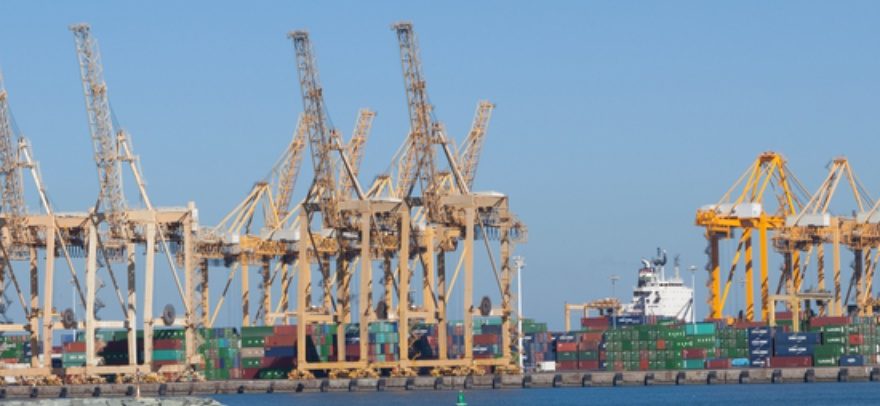How To Conduct Efficient Marine Fuel Bunkering Operations
Efficient marine fuel bunkering operations are vital for the smooth and cost-effective functioning of vessels. Bunkering, the process of refueling ships with fuel oil or marine diesel, requires careful planning, coordination, and adherence to safety and environmental regulations. Here’s a guide on how to conduct efficient marine fuel bunkering operations:
Planning
The first step in conducting efficient marine fuel bunkering operations is planning. This involves identifying the type and quantity of fuel required, selecting a suitable location and time for the operation, arranging for the necessary equipment and personnel, and obtaining any necessary permits and approvals. Proper planning can help minimize delays, reduce costs, and avoid hazards.
Preparation
Once the plan is in place, the next step is preparation. This includes inspecting and testing the fuel tanks, lines, valves, pumps, and other equipment to ensure they are in good working order. It also involves checking the compatibility of the fuel types, verifying the quantities, and preparing the necessary documentation. Additionally, it’s essential to brief all involved parties about their roles, responsibilities, and procedures during the operation.
Execution
During the actual bunkering operation, several key steps must be followed to ensure safety and efficiency. These include:
- Secure communications: Establish clear communication channels between the vessel, the bunker barge, and any relevant authorities.
- Connection: Connect the fuel hoses and secure them properly to prevent leaks or spills.
- Transfer: Initiate the fuel transfer at a controlled rate, closely monitor the flow rates and pressure, and adjust as needed.
- Monitoring: Continuously monitor the levels, temperatures, pressures, and other parameters of the fuel system during the operation.
- Emergency response: Be prepared to respond quickly and effectively to any emergencies, such as fires, leaks, or spills.
- Disconnection: After completing the fuel transfer, disconnect the hoses safely and stow them correctly.
- Documentation: Record the details of the operation, including the date, time, location, quantities, and any issues encountered.
Post-operation
After the bunkering operation, it’s important to perform post-operation tasks to ensure proper closure and continuity. These may include:
- Inspection: Check the fuel systems, equipment, and surroundings for any damage, leakage, or contamination.
- Maintenance: Perform routine maintenance checks and repairs on the fuel systems and equipment.
- Reporting: Submit the necessary reports and documentation to the relevant authorities and stakeholders.
